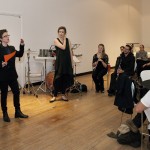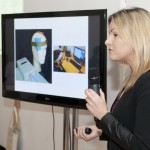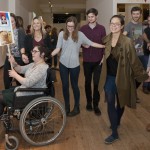Our Ada Lovelace exhibition celebrates the bicentenary of Ada’s birth (10 December 1815) and opened on Ada Lovelace Day, an international celebration of the achievements of women in science, technology, engineering and maths.
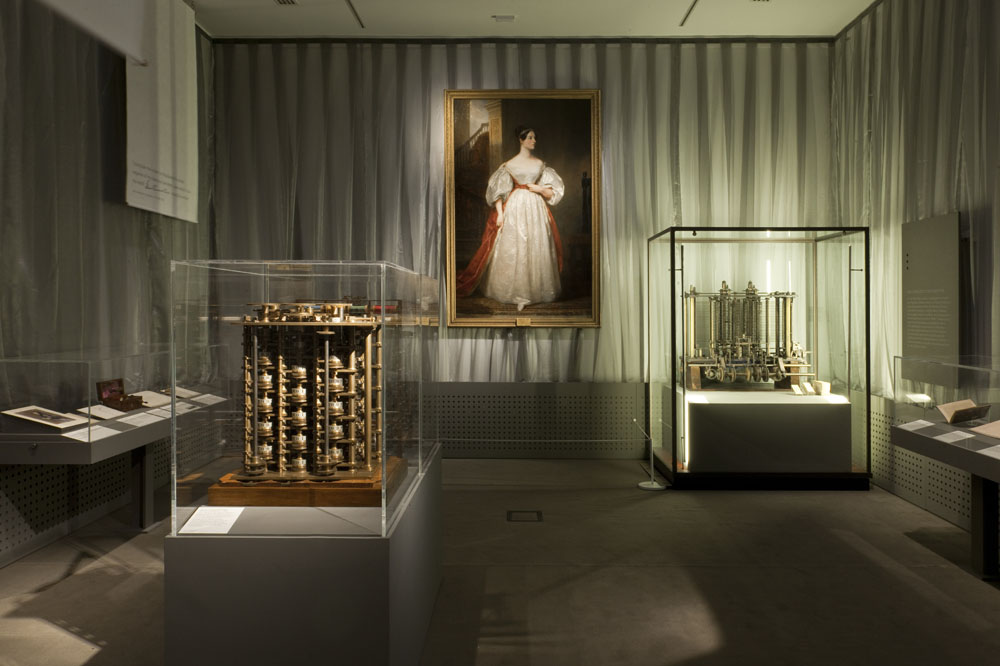
When Ada Lovelace had her portrait painted in 1835, she joked that her jaw appeared so large that the word ‘Mathematics’ could be written upon it. Mathematics and science were Lovelace’s passions and were often at the forefront of her thoughts. She spent much of her time studying mathematics, visiting the latest scientific spectacles, and socialising with the greatest scientific minds of her day.
Lovelace’s mother, Lady Byron, introduced the teenage Lovelace to the engineer Charles Babbage. Babbage showed Lovelace and Lady Byron a part of his first planned calculating machine, the Difference Engine. Lovelace was inspired and called it the ‘gem of all mechanism.’
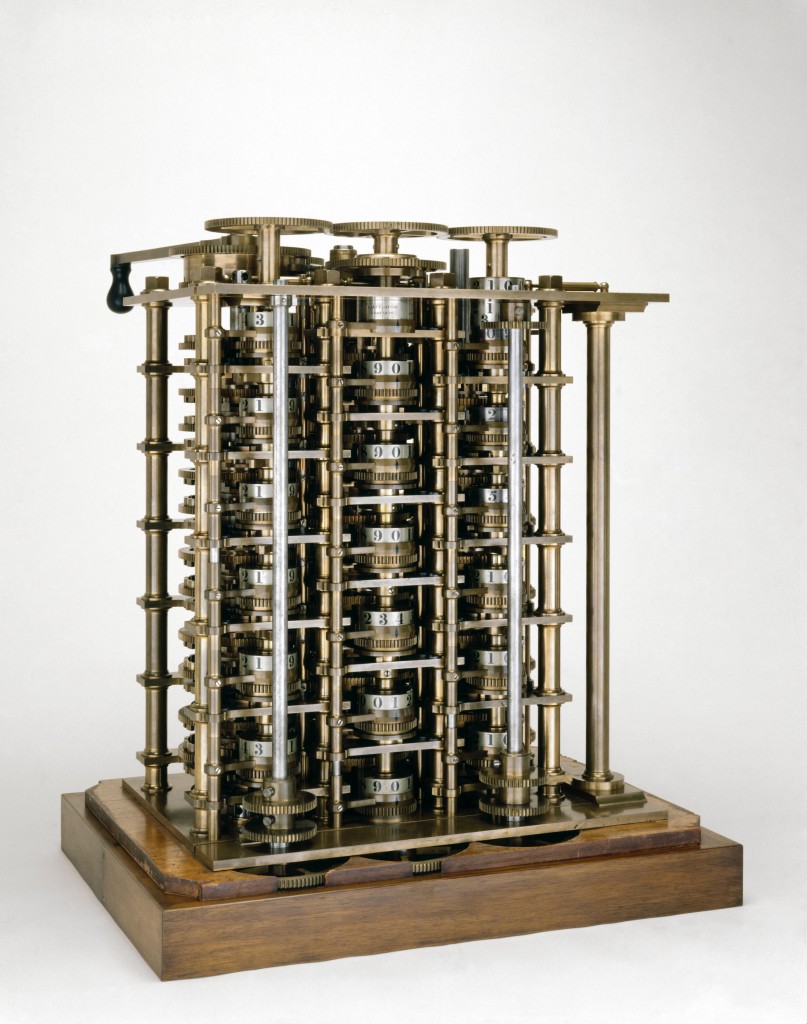
She began to turn her attention to the mathematics underpinning the Difference Engine and Babbage’s more complicated machine, the Analytical Engine. Her ideas about the possibilities of the Analytical Engine are what make her famous today.
You can see both a portion of the Difference Engine that Ada herself saw, and a section of the Analytical Engine, in our Ada Lovelace exhibition which runs until the end of March 2016.
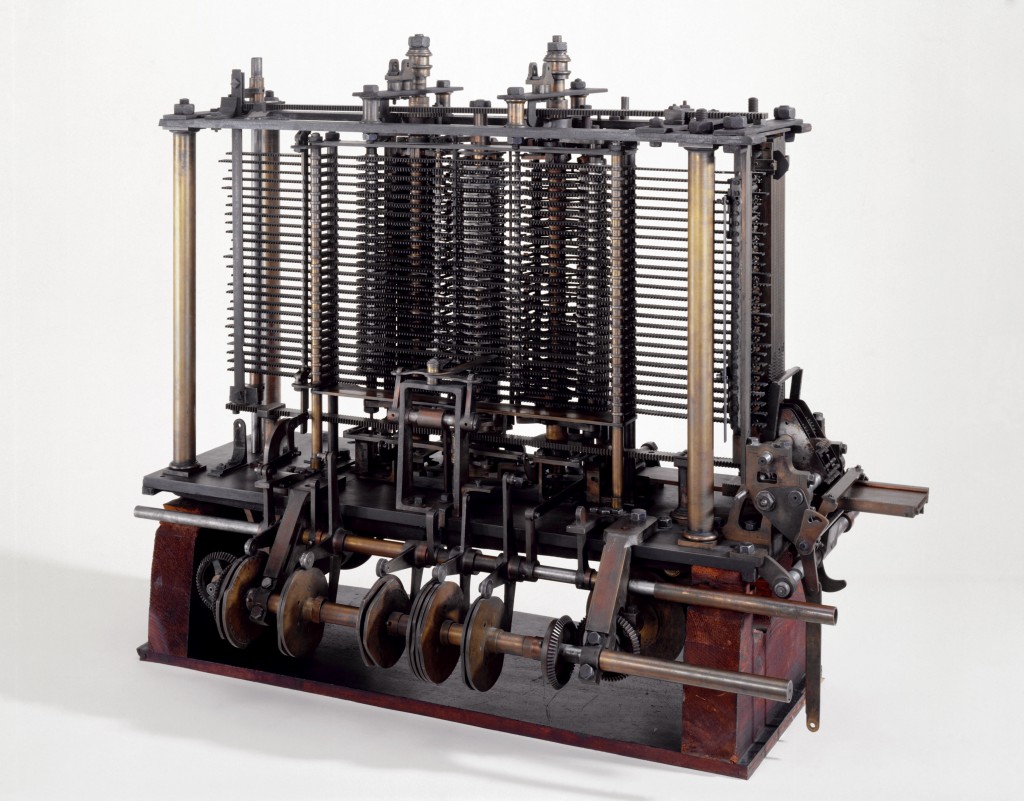
Ada documented her scientific interests and her work in part through her numerous letters to relatives and scientific friends. Aged 17, and becoming increasingly involved in scientific society, she urged her mother to ‘Pray find out all you can for me, about everything curious, mysterious, marvellous, electrical, etc., etc.’
The exhibition shows a selection of Lovelace’s original letters and includes a digital screen which examines Lovelace’s correspondence with Charles Babbage when she began work on a series of ‘Notes’ outlining the potential of Babbage’s Analytical Engine.
Lovelace’s resulting article on the Analytical Engine included the first published algorithm for the machine. As well as displaying this, the exhibition shows that Babbage had already sketched out similar algorithms for the machine in his notebooks.
Unlike Babbage, who was interested in number crunching, Lovelace made an incredible leap of imagination, seeing the Analytical Engine as a General Purpose machine. She realised that the machine could manipulate not just numbers, but that numbers could represent abstract items such as symbols and musical notes.
It is this work that makes her a visionary of the computer age.
…
Lovelace’s life and work was focus of a series of events held at the museum in October 2015.
We wanted to reflect the tensions and synergy between the arts and the sciences and invited contemporary figures from across all disciplines to come and present their thoughts on science, computing, the arts, and Lovelace’s legacy. Across three Friday evenings (and over a glass of wine) our intrepid visitors wrote stories, composed music, and imitated slime mould to explore how Ada Lovelace’s legacy can still be felt today.

Our October Lates was also dedicated to Ada Lovelace and computing. Among the many events taking place that evening, Sydney Padua came to talk about her best-selling graphic novel, “The Thrilling Adventures of Lovelace and Babbage”, and signed a copy for our very own Ada Lovelace drama character.
Three contemporary female digital artists came to show their work. In a fitting display of the harmony of computing and the arts, one of our presenters proposed to his girlfriend by writing “Will you marry me” in binary at the end of his show.
What is striking is how far ahead of her time Lovelace was in imagining computers as they are used today. Far from dry number crunching, computer programming is used in a range of artistic processes from weaving interactive stories and games to turning notes into “elaborate and scientific pieces of music”.
Today, 200 years after her birth, we can be sure that Lovelace’s legacy is alive and well.
‘Supposing, for instance, that the fundamental relations of pitched sounds in the science of harmony and of musical composition were susceptible of such expression and adaptations, the engine might compose elaborate and scientific pieces of music of any degree of complexity or extent.’
Ada Lovelace, ‘Notes upon L. F. Menabrea’s “Sketch of the Analytical Engine Invented by Charles Babbage”’
The Evening Exchange events series was supported by the Biogen Foundation, with October Lates supported by King Games.
Mary Cavanagh is an Assistant Content Developer at the Science Museum.
